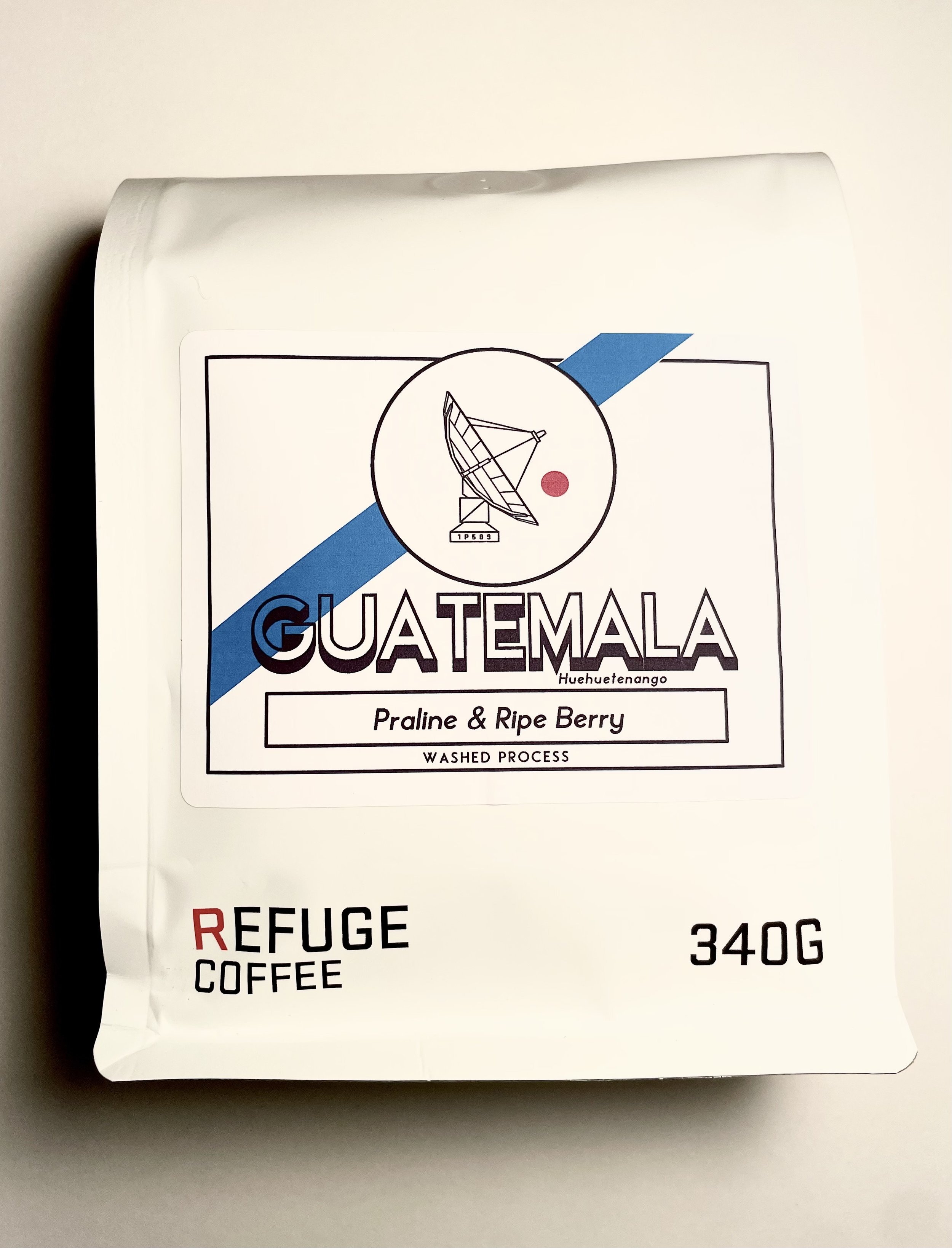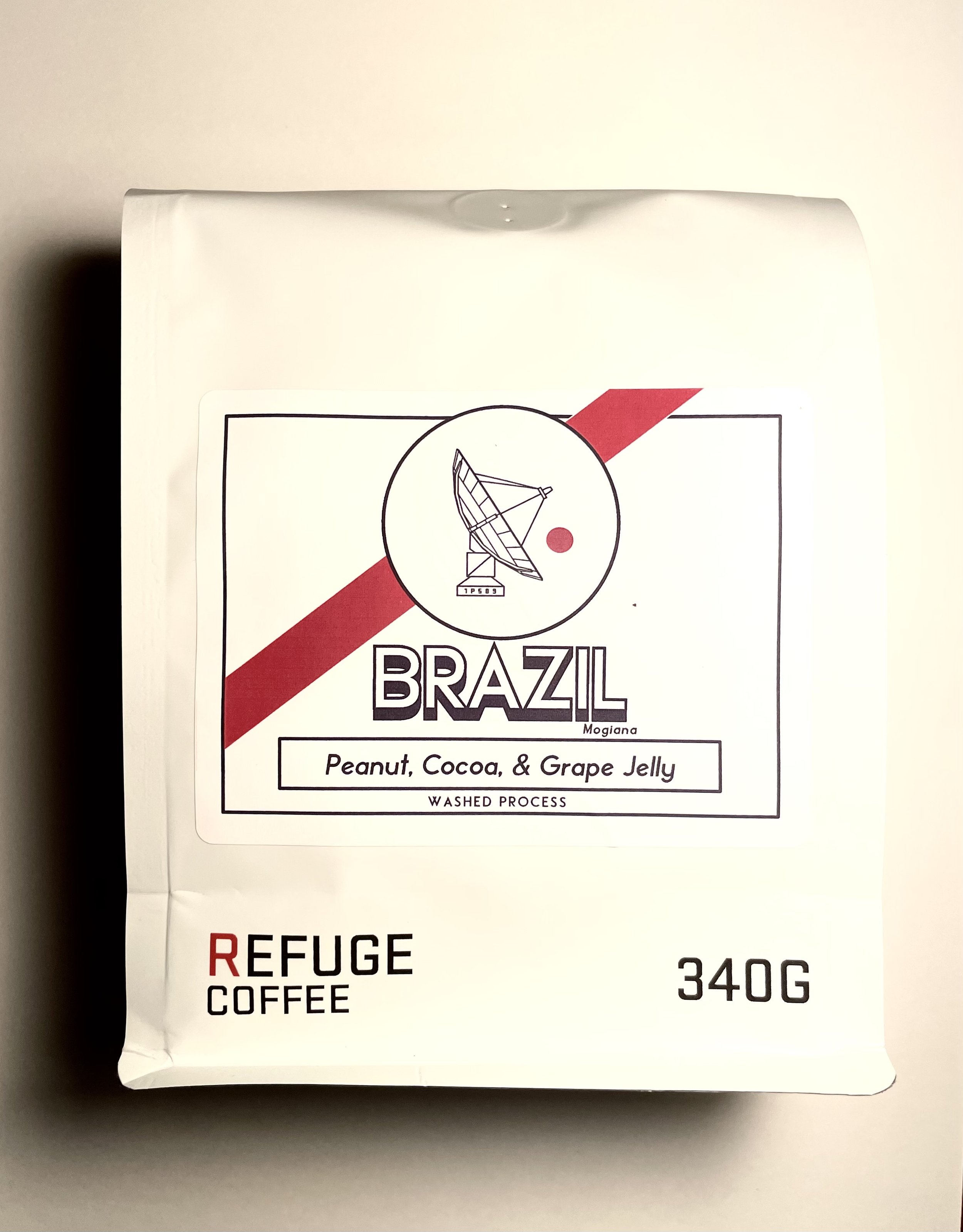Washed Coffee vs Natural Coffee: Everything You Need to Know
Washed Coffee vs. Natural Coffee Processes
It’s easy to see a picture of a fresh coffee cherry growing on a tree and not realize it’s the same familiar brown bean we know and love. They look totally different from each other, and that’s because preparing a coffee bean for brewing takes an in-depth process before it’s ready to get anywhere near a coffee grinder.
We’ll be taking a look at what exactly coffee processing does to coffee, explain the difference between washed coffee and natural coffee, and what this means for your cup of joe.
What Is Coffee Processing?
A farmer sorts through coffee beans.
Simply put, coffee processing is removing the undesirable parts of the coffee plant from the bean before it can be ready for roasting. The actual bean we use for coffee is a small pit inside of a cherry fruit, and after being picked, that fruit needs to be removed. This is where coffee processes come into the picture.
How coffee is processed actually has an effect on how the coffee tastes too.
Different methods yield different results, but we’ll be focusing on just two processes: washed and natural, also known as wet and dry respectively.
Washed Process and Natural Process Explained
Washed Process
Washed coffee, or wet processing, is when parts of the coffee fruit are removed from the bean before drying happens. Though there are a few different ways to do this, one of the main ones is the ferment-and-wash method.
This is where the beans are stripped down to a sticky fruit layer called the mucilage through a step called pulping. Then they are fully immersed in a tank of water, or in their own juices. The mucilage ferments during this soaking stage, which affects the flavor of the coffee. Once this is done, the beans are ready to dry.
Natural Process
Natural Coffee, or dry processing, basically skips the pulping and water immersion steps of washed coffee and goes straight to drying. Beans are set out in the sun fruit and all, and once the fruit is a hard and shriveled husk, it is removed by hand or by machine. This is the oldest method of preparing coffee, and can take anywhere from 3 days to 3 weeks to complete.
What’s the Difference Between Washed Coffee and Natural Coffee?
When you see “washed” on a coffee bag, it means that the coffee’s flavor will be very consistent and pleasant to taste. Usually, a coffee that’s been washed has a bright flavor to it, with clean citrusy notes. When you want your coffee to have a clear and even taste, go for a coffee that’s been wet-processed.
With natural coffee, you can expect to have a bolder and more complex flavor. Most natural coffee boasts fruity and wine-like notes, but can be very nuanced and difficult to taste for an untrained palette. If you want a more variable and rich coffee taste, then choose beans that have been naturally processed.
Which Process Does Refuge Use?
Refuge uses washed processing for the majority of our coffee due to its consistency and ease of taste. When given the option, we select a natural coffee if we believe that the origin’s flavor profile benefits from dry processing. For instance, Brazilian or Ethiopian coffees are origins that would be a good choice for dry roasting because they traditionally have bold and textured notes, as well as a lower acidity when brewed.
FAQs About Natural and Washed Coffee
Is Natural Coffee Stronger?
When people ask if a coffee is strong, they can be asking about two different things. Does that natural coffee have a lot of caffeine? Or does natural coffee have a more robust flavor than washed?
But generally the answer is the same for both: no, there isn’t a noticeable difference in strength between washed and natural coffee. Rather, the process used on a coffee usually compliments the flavor profile of that coffee’s single origin, and natural process highlights any bolder tastes within a coffee.
Is Washed Coffee More Acidic?
Yes, a washed coffee’s natural acidity is usually more accented by the washed process, due to the fruit being removed and more of the bean being exposed to the elements.
However, the way a washed coffee is brewed can also affect the perceived acidity of the coffee. A coarse grind size, fast extraction, or higher water temperature for coffee can generally increase the acidic flavor in a brew on top of the bean itself.
Want to try both?
Refuge Coffee - Washed Guatemala Huehuetenango
Our Guatemala coffee comes from the region Huehuetenango is a great example of a washed coffee, with a natural acidity within its profile that is spotlighted by its processing.
Flavor Notes:
Toffee
Citrus Fruit
Amaretto
Huehuetenango as a coffee region is known for producing some of the best coffees in Latin America due to its climate, altitude, water sources, and traditional varieties.
This region serves as the backbone of our beloved Defender Espresso blend. It’s great in a blend, or by itself.
Brazil Mogiana - $19 - Click Image Above For More Details
Refuge Coffee - Natural Brazil Mogiana
If you’re looking to try natural coffee, check out our Brazil coffee. Aromatic notes of nutty, chocolatey sweetness make for a robust brew when processed naturally.
Our Brazil Mogiana Whole Bean Coffee is the staple region for most of our blends.
Tasting Notes:
Grape Jelly
Cocoa
Almond
It’s perfect for a consistent daily morning cup.




